Common Problems
Orthodontic problems can affect anyone – in fact, our teeth are rarely naturally perfect. Malocclusion, or a “bad bite,” can lead to issues with chewing, oral hygiene, speech, and overall aesthetics. A bad bite may be inherited or caused by factors such as thumb sucking, dental disease, poor oral hygiene, accidents, congenital disabilities, or other medical conditions.
These issues can worsen over time, making it important to address them before they lead to more serious complications. Proper treatment can improve both comfort and oral health in the long run. Understanding the orthodontic concerns you or your child may have is the first step toward achieving a healthier, more functional smile.
Orthodontic treatment with Dr. Catherine Worthington can enhance both your smile’s appearance and your bite’s function. For example, overbite correction is a common treatment that can restore proper alignment, preventing discomfort and improving the efficiency of biting and chewing.
Below are some of the most common orthodontic issues:
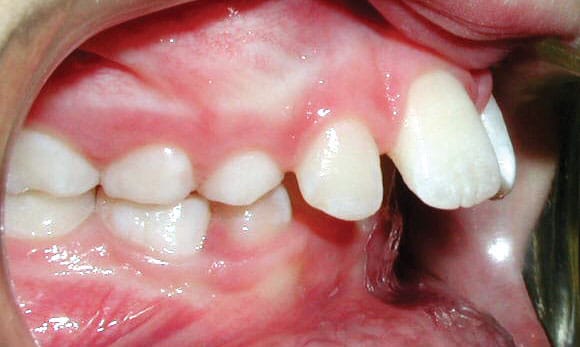
Upper Front Teeth Protrusion
This condition affects both the function and appearance of your teeth. It occurs when the upper teeth extend too far forward, or the lower teeth do not extend far enough forward. This misalignment can make biting and chewing less efficient and may increase the risk of dental injuries.
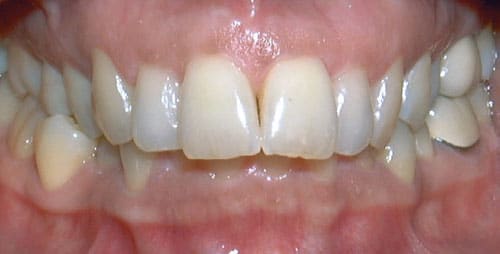
Overbite
An overbite happens when the upper front teeth extend significantly over the lower front teeth, sometimes causing the lower teeth to bite into the roof of the mouth. If left untreated, an overbite can lead to excessive wear on the lower teeth and jaw discomfort.
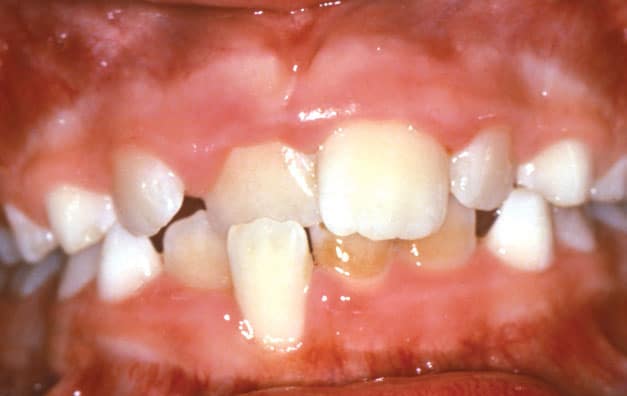
Crossbite
A crossbite occurs when the upper teeth sit inside the lower teeth, which can lead to misaligned jaw growth. This condition may cause uneven tooth wear and put a strain on the jaw muscles over time.

Openbite
This condition affects proper chewing, as the upper and lower front teeth do not overlap. Openbite can also lead to habits such as tongue thrusting. Speech difficulties and excessive stress on the back teeth are also common concerns with this condition.
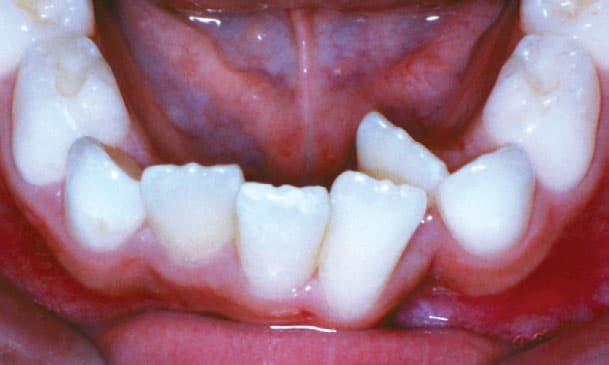
Crowding
Crowding happens when teeth do not have enough space to erupt properly from the gums. Expansion techniques can often correct crowding, reducing the need for tooth extraction. Without treatment, crowded teeth can be harder to clean, increasing the risk of cavities and gum disease.
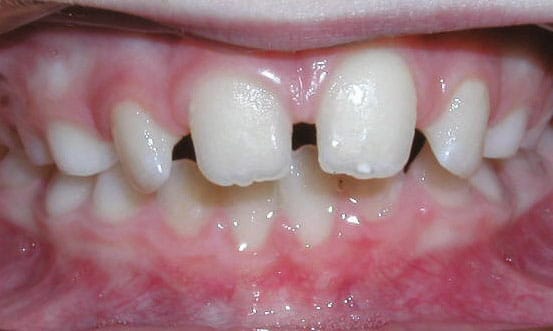
Spacing
Spacing issues may arise from missing teeth or simply as a cosmetic concern. Proper orthodontic treatment can help close gaps for a more uniform smile. Gaps between teeth can also impact speech and lead to uneven pressure when biting.
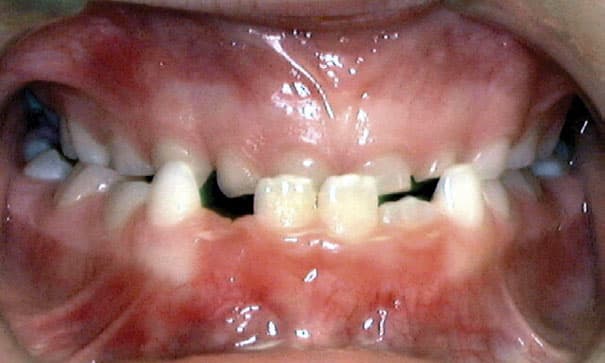
Underbite
An underbite occurs when the lower jaw extends too far forward, causing the lower front teeth to sit in front of the upper front teeth. This misalignment can affect speech, chewing efficiency, and overall jaw function.
